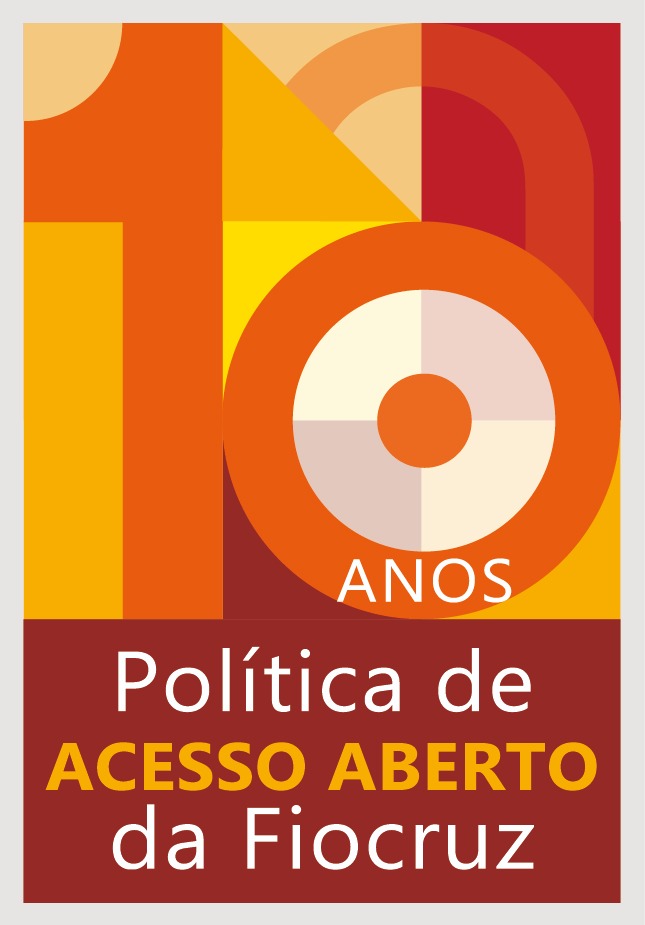An unprecedented survey by the Oswaldo Cruz Foundation (Fiocruz) shows that the number of COVID-19 deaths in Brazil in 2020 was 18.2% higher than recorded. The analysis indicated that there were 230,452 deaths from the disease last year, not 194,949. The results of the study, funded by the Fiocruz Program to Foster Innovation (Inova Fiocruz), will be published in the Fiocruz COVID-19 Monitoring panel.
Coordinator of the study, Cristiano Boccolini explains that the data previously released by the Ministry of Health's Mortality Information System (SIM, acronym in Portuguese) were not wrong and that the discrepancy in the numbers is due to both the delay in registering deaths and the death causes reclassification, resulting from the investigation at the municipal, state, and federal levels. Likewise, the researcher points out that the Consortium of Press Media outlets has played a key role in monitoring the numbers of COVID-19 cases and deaths, working with the best data sources available at the time.
"At that time, that was the scenario. However, over time, after the release of 'dammed' deaths in the municipalities and the death causes reclassification, we need to review the registered data to get a more accurate analysis of what happened in the past. The data we are working with have been accessible since May this year and could not have been consulted before", says Boccolini, who is a researcher in Public Health at the Health Information Laboratory of the Institute for Communication and Scientific and Technological Information in Health (Icict/Fiocruz).
The researcher also points out that the SIM (acronym in Portuguese) is one of the best information systems in the world. "Besides having an almost universal coverage of the deaths that happen in the national territory, it is very safe, because it has a series of processes and quality control steps. However, by nature, it has a long processing time. On average there are 27 days between the date of death and its consolidation in the national system, and this can take up to 190 days. Therefore, we can only get a complete 2020 scenario now in 2021. We are looking at this scenario closely and finding very important information. We hope that the conclusions can contribute to public policies to confront the pandemic", he concludes.
Deaths by occupation type
A fact that calls attention is the distribution of the deaths by occupation type. Among the death certificates that record this information, doctors account for only 2% of all COVID-19 deaths in 2020. The occupations with the highest number of deaths were in the production of industrial goods and services (22%), commerce (19%), and agriculture and cattle-raising, which includes forestry and fishing activities (18%). Among the health professionals, 44% were physicians, 27% nurses, 13% dentists, 8% pharmacists, 5% physical therapists, 3% veterinarians, and 2% nutritionists.
Boccolini informs that these numbers may be even higher since 58.7% of the death certificates did not register the occupation type. "We noticed that the most affected professional categories are the so-called essential services, workers who cannot stop, adhere to home office and maintain social isolation, which exposes the social inequalities weight in the COVID-19 scenario," he points out.
Children
In 2020, there were 1,207 deaths of Brazilians under the age of 18 by COVID-19. Almost half (45%) were up to 2 years old; one-third were up to 1 year old, and 9% were newborns (110 babies less than 28 days old).
"Children and adolescents, who have a better prognosis when infected, but are not immune. They transmit it, can get seriously ill and even die from the disease. Increasing vaccination coverage of adults has to move faster and pregnant and lactating women should be a priority. However, to contain the virus circulation and protect our children, the masks use of and social distancing should continue even after vaccination", warns the researcher.
Elderly
One of the survey findings shows that three out of four COVID-19 deaths happened in people over 60 years of age (175,471 seniors). Within this group, the most affected age group was 70 to 79 years old, which accounts for 33% of elderly COVID-19 deaths in 2020. The study points out that of the total number of seniors killed by the desease last year, 29% were between 60 and 69 years old; 27% were 80 to 89 years old; and 11% were over 90 years old.
![]()
![]()
![]() O conteúdo deste portal pode ser utilizado para todos os fins não comerciais, respeitados e reservados os direitos morais dos autores.
O conteúdo deste portal pode ser utilizado para todos os fins não comerciais, respeitados e reservados os direitos morais dos autores.

